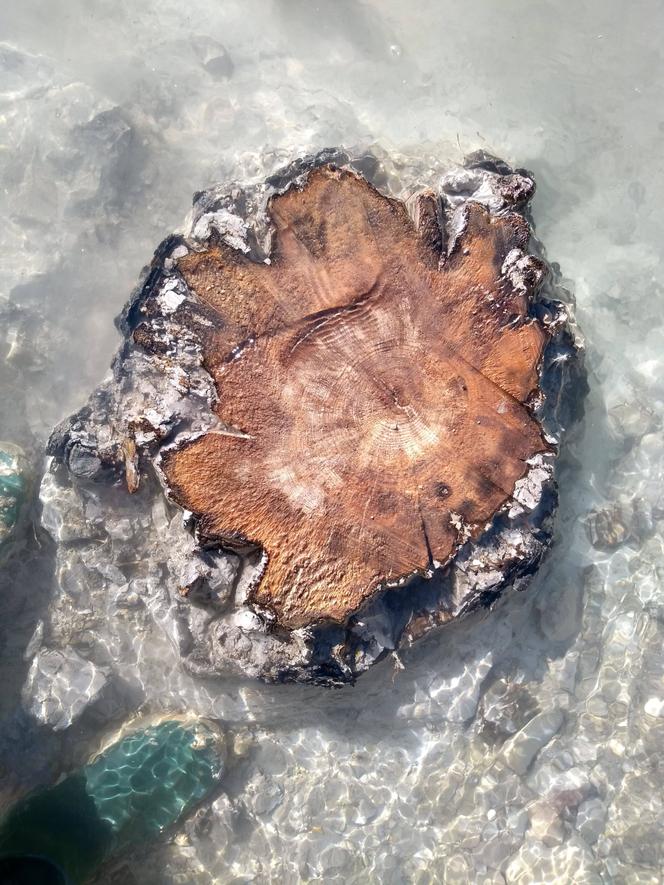


Trees keep a chronicle of the past which researchers can read in two ways. The first, known as "dendrochronology," involves counting and studying tree rings, the rings of wood that form each year at the periphery of the trunk. In Paris's Natural History Museum, it is possible to view the cross-section of a giant sequoia some 2,000 years old, with labels going back to the birth of Christ.
The second way of tracing the past through wood is based on the carbon-14 present in each ring. By combining the two methods on the remains of very old trees, a French-British team has just made an astonishing discovery. In an article published on October 9 in the journal Philosophical Transactions of the Royal Society A, the team revealed that there was an exceptional solar storm 14,300 years ago, undetected until now.
To understand the link between tree remains thousands of years old and solar ejections 150 million kilometers away, it is important to delve into carbon-14. This radioactive carbon isotope is virtually stable in the atmosphere. Its gradual decay (which explains why it can't be used to date archaeological objects that are more than 55,000 years old) is constantly offset by the formation of new atoms, thanks to the cosmic rays that constantly reach the Earth. At the end of a cascade of reactions, a neutron takes the place of a proton in the nucleus of nitrogen atoms, transmuting them into carbon-14 atoms.
So much for the everyday life of 14C, as atomic physicists write the isotope. Occasionally, however, the Sun gets in on the act. During one of its eruptions (or coronal mass ejections) large amounts of electrically charged particles are propelled into space. On reaching the Earth, they form a carbon-14 surplus in the atmosphere. If the amount of matter ejected is colossal, this extra 14C is detected in wood. This phenomenon was revealed in 2012 by Japanese researcher Fusa Miyake, who, when studying Japanese cedars, discovered a carbon-14 peak for the year 774, attributed to a solar event.
The Scots pines involved in the latest discovery are much older trees, called "subfossil trees." Edouard Bard, Professor at the Collège de France and lead author of the study published in Philosophical Transactions of the Royal Society A explained: "We call them 'subfossils' because, without being rock, they have begun a small transformation." For the study, the European Centre for Research and Teaching in Environmental Geosciences, where Bard works, drew on the wood samples that the Mediterranean Institute of Biodiversity and Marine and Continental Ecology has been collecting for a quarter of a century, in the southern Alps between Grenoble and Sisteron. Buried in the thick alluvial deposits of the Drouzet, a local river, 172 subfossil trees have been recovered and studied.
You have 28.39% of this article left to read. The rest is for subscribers only.
